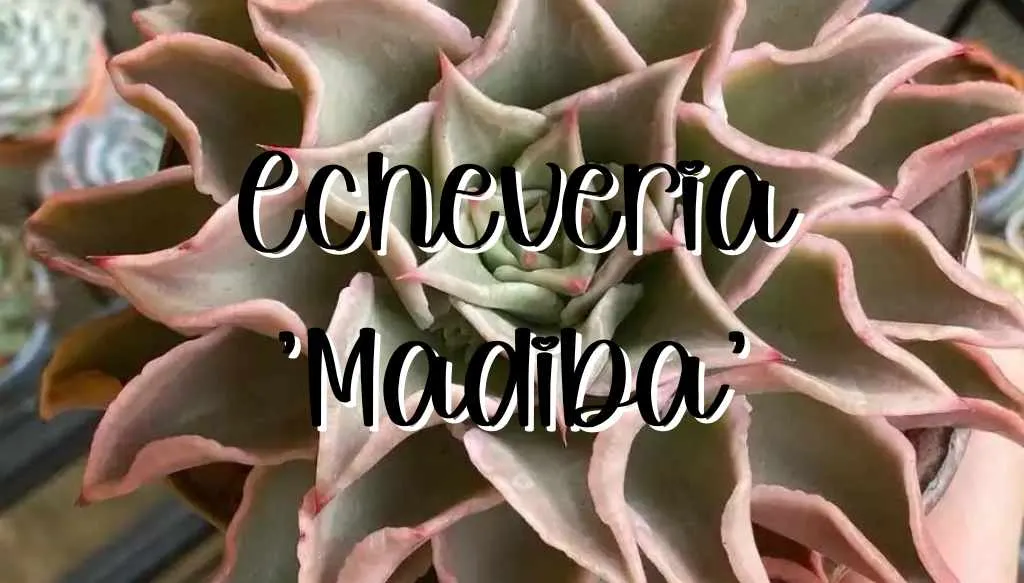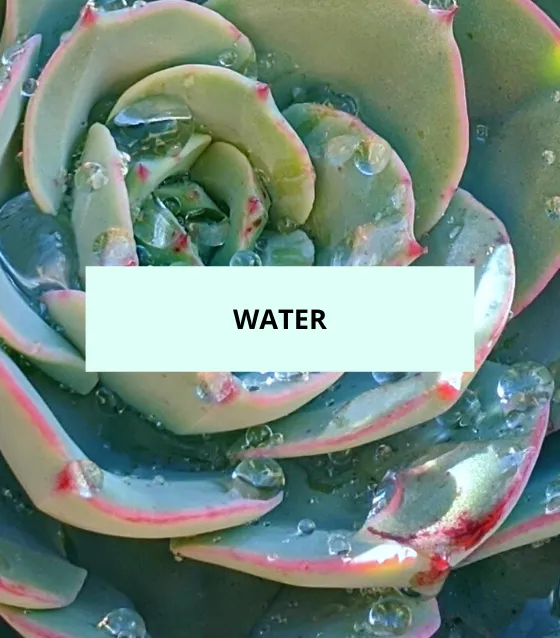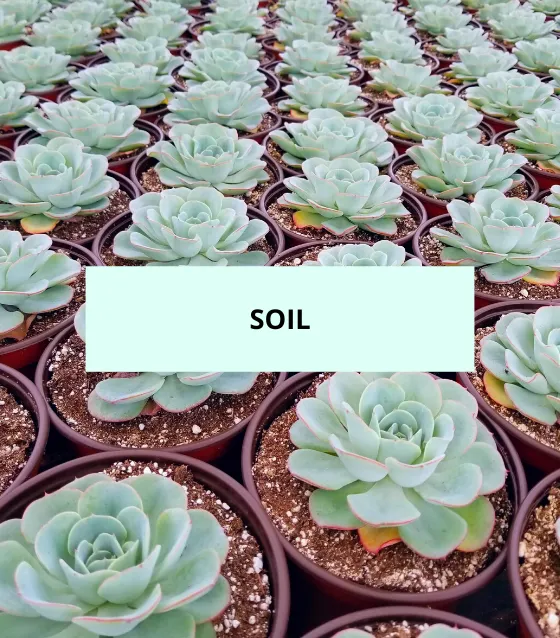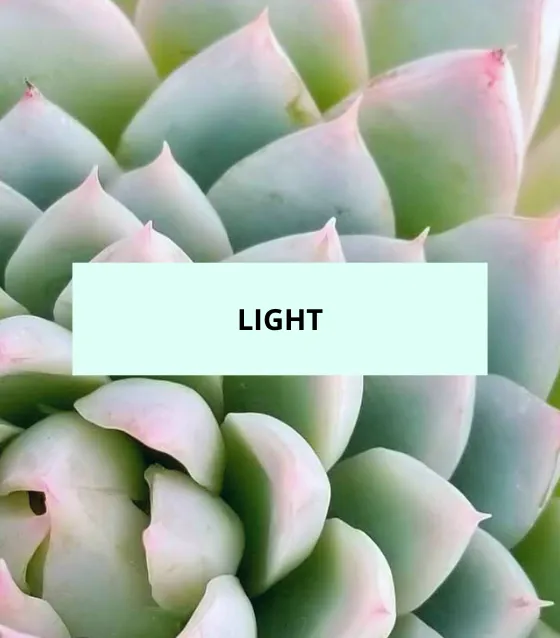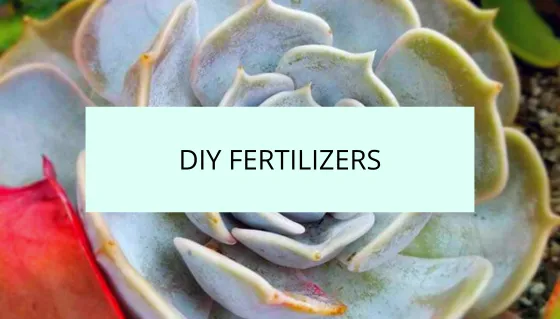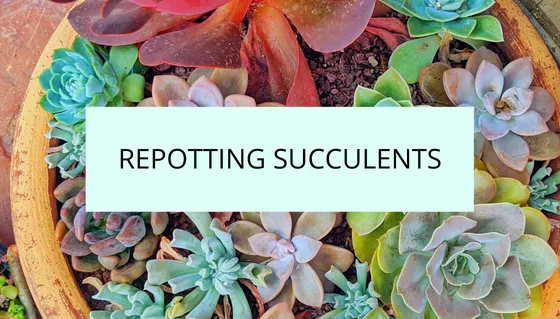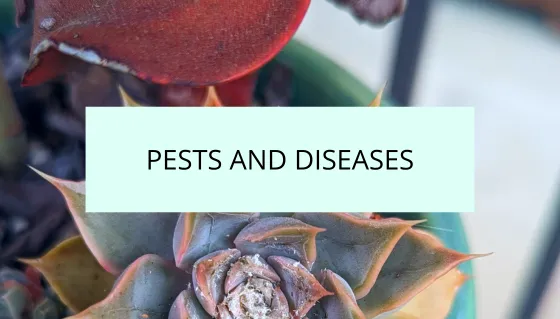Echeveria ‘Madiba’ is a stunning succulent plant that is beloved by succulent enthusiasts for its unique appearance and easy care requirements. In this article, we will explore everything you need to know about Echeveria ‘Madiba’, including its common names, appearance, growth habits, flowering characteristics, toxicity, and propagation methods.
Dig in!
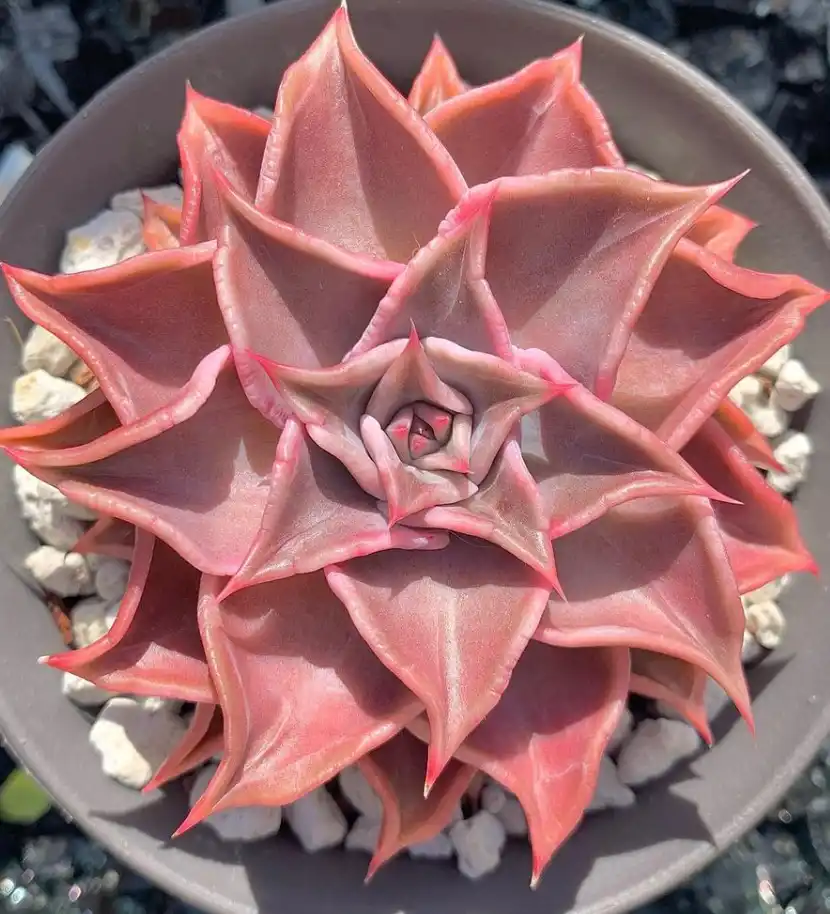
Appearance and Growth
Echeveria ‘Madiba’ is a stunning succulent that grows at a slow pace and has no stem. It features rosettes of triangular leaves with a reddish spiny tip and wavy edges. The rosettes can reach up to 12 inches (30 cm) in diameter. The leaves have straight edges when the plant is young, but they become wavy as it matures. The leaves are light gray in color, but they can turn pink with shades of orange when exposed to bright sunlight.
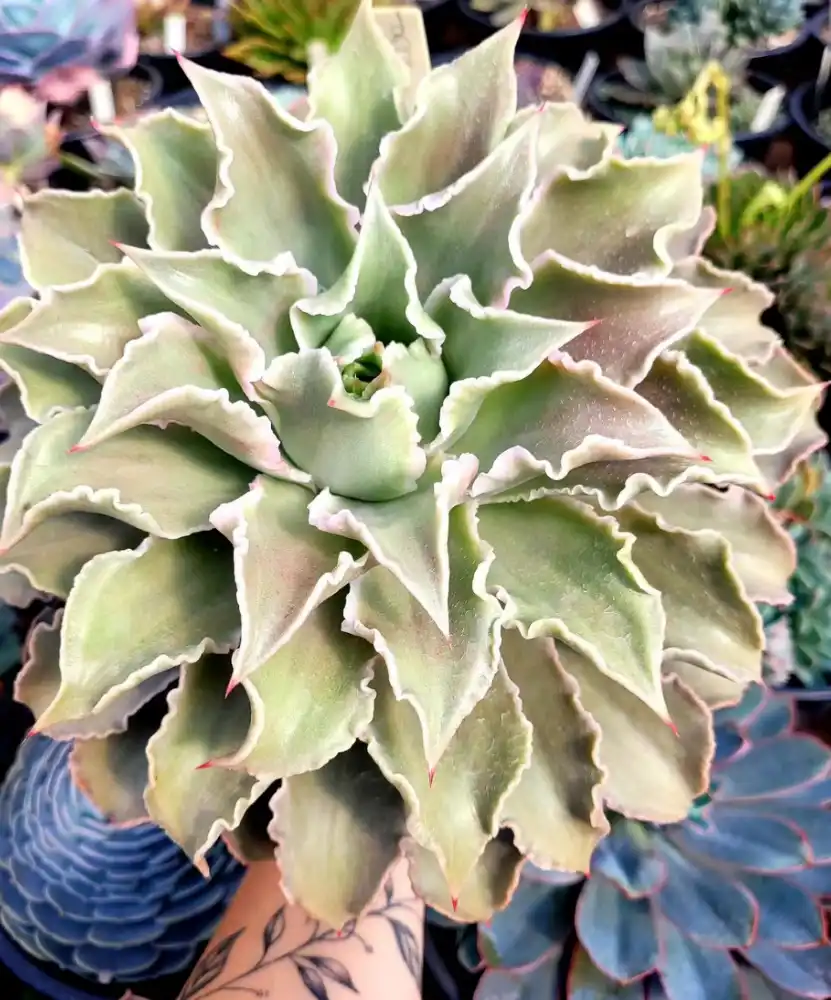
In the summer, the plant produces pink-orange flowers on tall stalks that can reach up to 12 inches (30 cm) in height. Echeveria ‘Madiba’ is a vibrant plant with pink and silver colors, and its leaves are slender and pointed. Over time, the plant can develop frilly edges and burgundy spotting. To bring out its most vibrant colors, it’s best to grow this Echeveria in full sun.
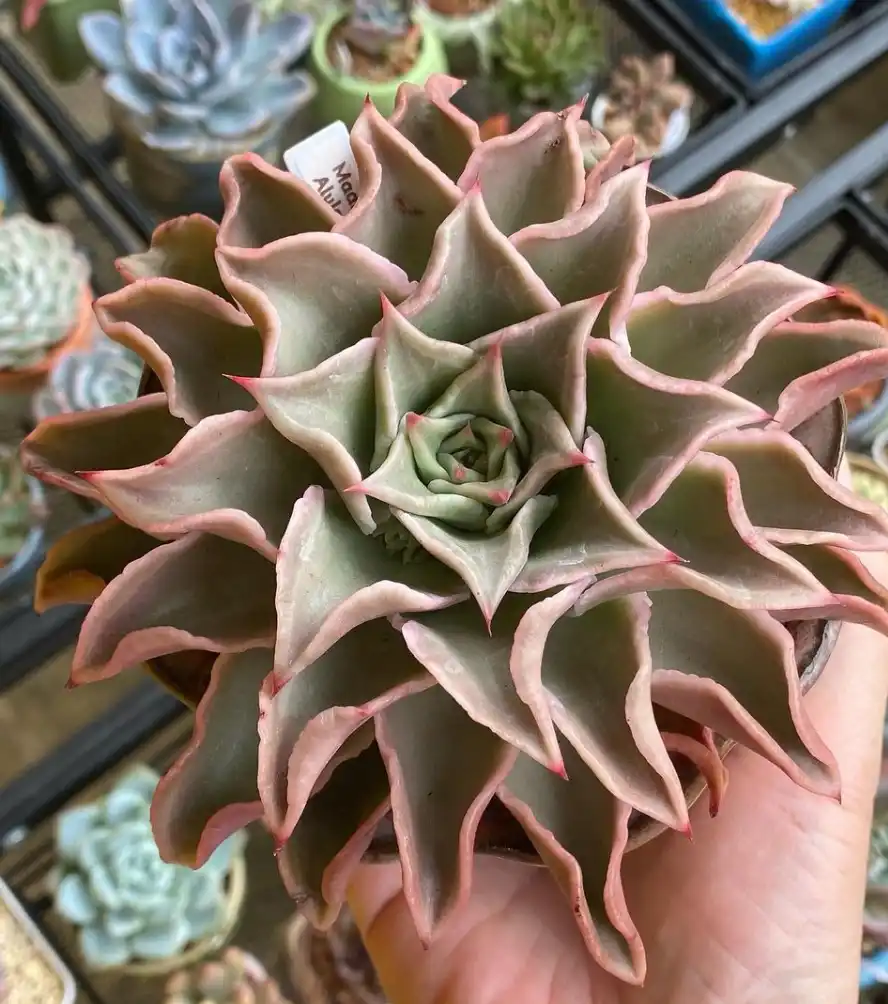
Flowering and Bloom Time
Echeveria ‘Madiba’ produces beautiful flowers on tall, slender stalks called inflorescences. The flowers of ‘Madiba’ are bell-shaped and range in color from pink to coral, adding a vibrant burst of color to the plant. The blooming period typically occurs during the spring and summer months, although the exact timing may vary depending on the growing conditions and climate.
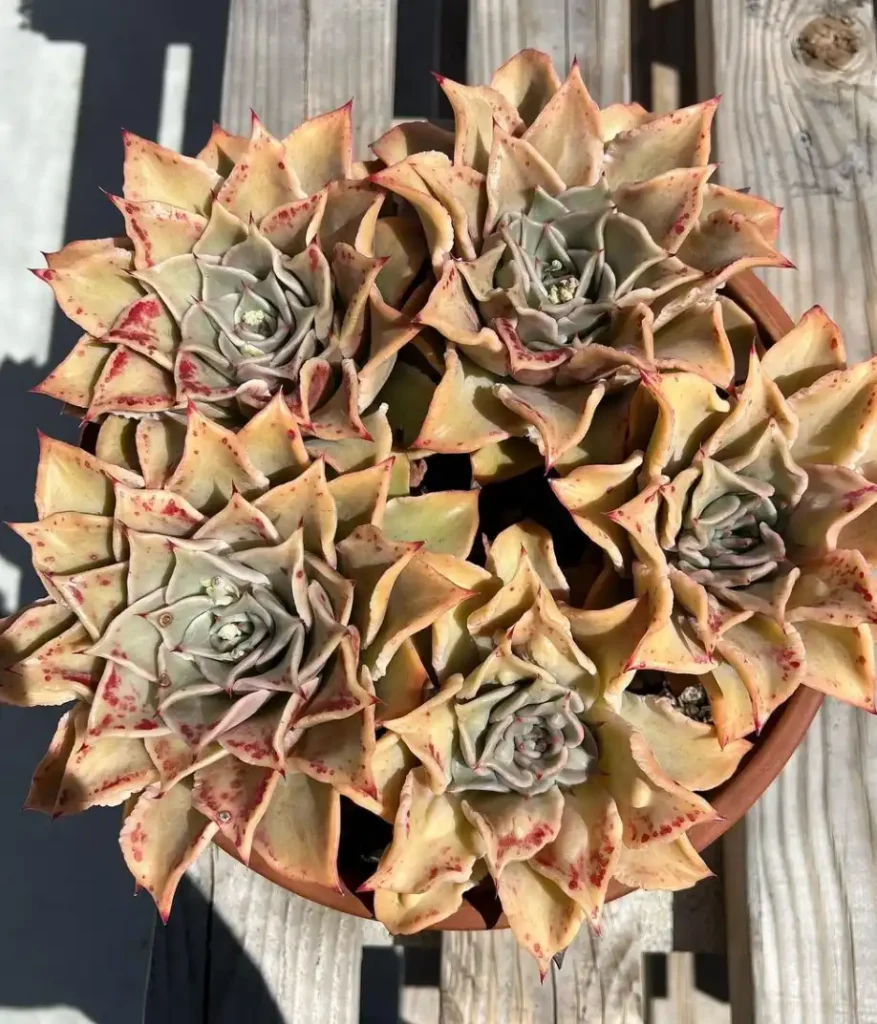
Toxicity
One of the advantages of Echeveria ‘Madiba’ is that it is non-toxic to cats, dogs, and humans. This makes it a safe choice for households with pets or small children. However, it’s always a good practice to keep an eye on pets or children around any plants to prevent accidental ingestion.
Echeveria ‘Madiba’ Propagation Methods
Echeveria ‘Madiba’ can be propagated through several methods, including leaf cuttings and offsets. Here’s a breakdown of the two commonly used propagation techniques:
- Leaf Cuttings: To propagate Echeveria ‘Madiba’ from leaf cuttings, select a healthy leaf from the plant and gently twist it off, ensuring that a clean break is made. Allow the leaf to dry for a few days until the cut end calluses over. Once calloused, place the leaf on well-draining soil or a propagation mix, ensuring that the cut end is in contact with the soil. Mist the leaf occasionally, and within a few weeks, new roots and a small rosette will start to form.
- Offsets: Echeveria ‘Madiba’ produces offsets, also known as “pups,” around its base. These small rosettes can be carefully separated from the main plant once they have developed their own root system. Gently remove the offset and plant it in a separate container or directly in the ground. Ensure that the soil is well-draining, and water sparingly until the new plant establishes itself.
It’s important to note that propagation can take some time, and patience is required. However, with proper care and attention, you can successfully propagate Echeveria ‘Madiba’ and expand your succulent collection.
Echeveria ‘Madiba’ is a captivating succulent with its attractive rosette shape, blue-green leaves, and vibrant bell-shaped flowers. It is a non-toxic plant that can be easily propagated through leaf cuttings or offsets. Whether you are a seasoned succulent lover or a beginner, Echeveria ‘Madiba’ is sure to add a touch of beauty to your collection.

